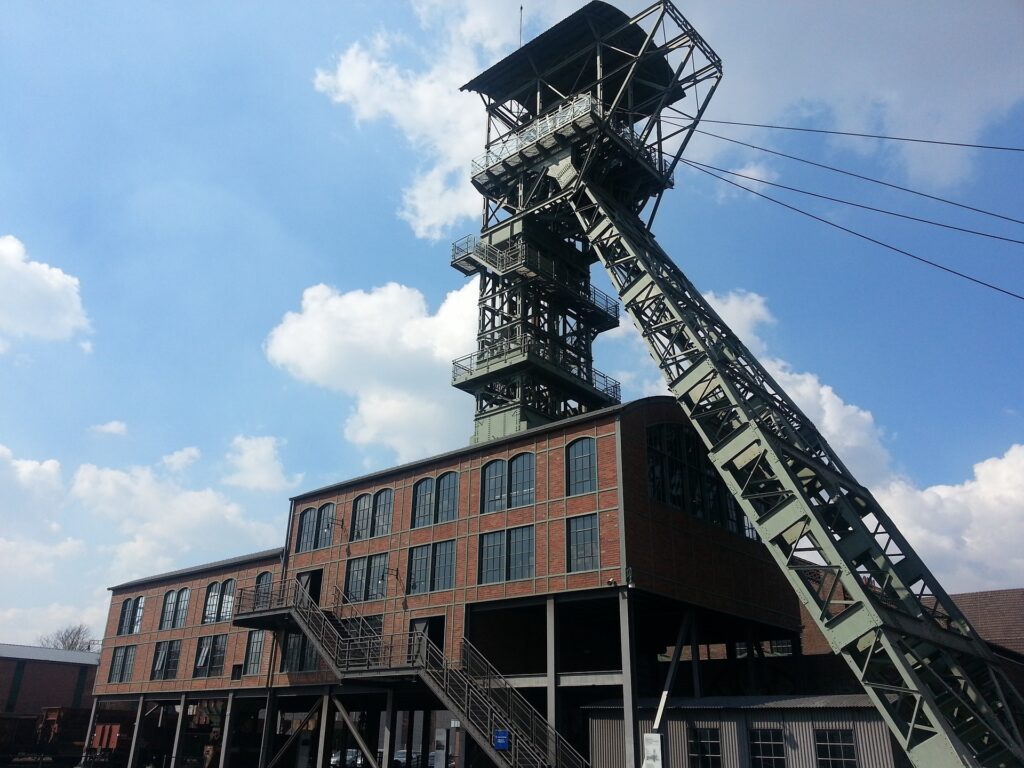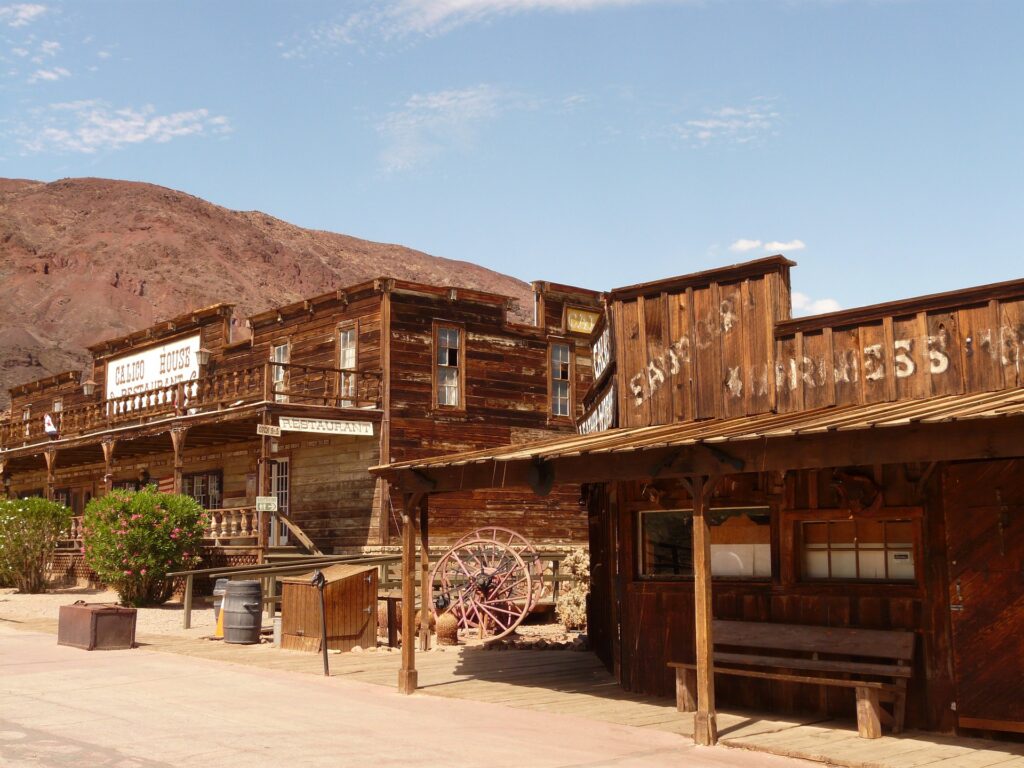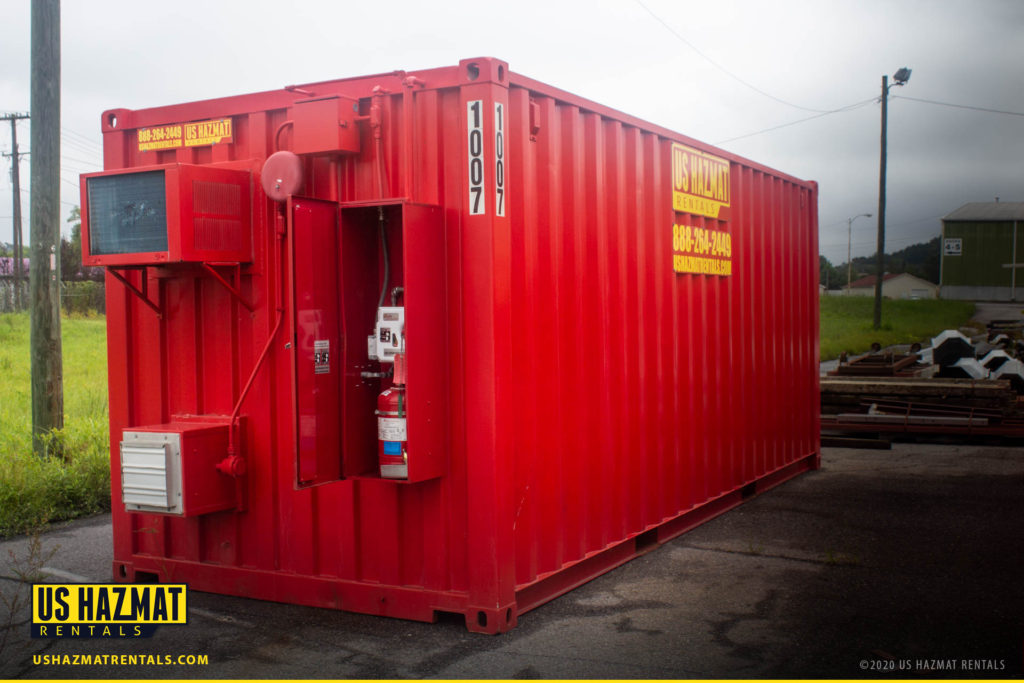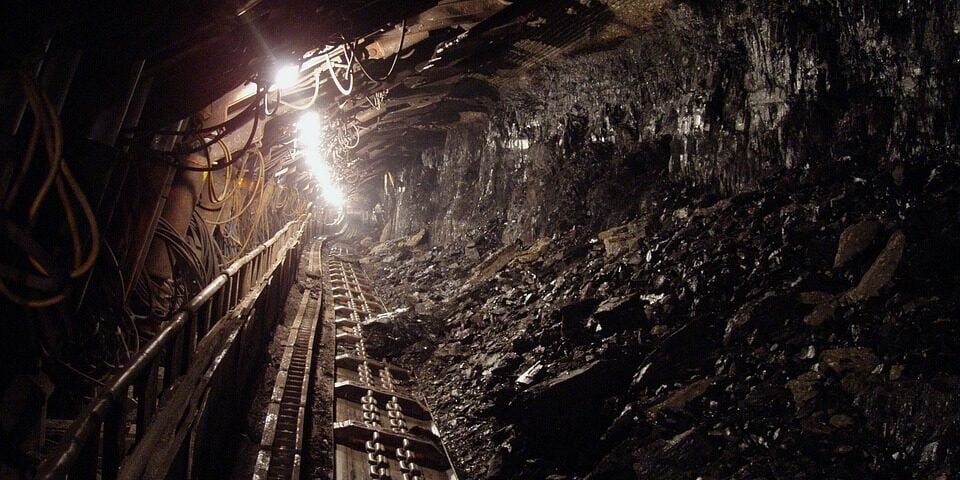Hazmat accident areas are treated like nuclear waste dump sites, regardless of size and scope of the incident, and for good reason. Such disaster areas remain as forever scars on an otherwise unblemished community. Bright yellow caution tape seals off the perimeter from curious bystanders like a crime scene. You would think someone got hacked to pieces by the amount of wailing police sirens and hazmat crews, who look as if they just disembarked from some alien spacecraft. Even without the exigent response from trained professionals, you know that chemical spills are neve a routine occurrence. Chemical ineptitude and brazen disregard for common storage practices can sterilize ecosystems from cultivating future progeny, thinning out the diversity of life we depend on for abundance and diversity. And it’s not like public awareness campaigns have fallen short in promoting the creed of conservation and stewardship. (Remember the old 1960s commercials, “Give a Hoot, Don’t Pollute?”). Even images of a crying Native American fell short in pulling at the heartstrings of even the most callous adulterers of nature. Smoky the Bear joined his fellow animal cohorts in urging needless pandering for common sense. Seriously, how infantile and belligerent have we become if the powers at be have to resort to childlike cartoons urging us not to litter. That’s like having your hysterical mom haranguing you to pick up your room, which probably belies a larger problem of the familial dynamic. But why are such accidents treated with such disdain? Chemical incidents are never just a one-time event. The effects from some of the more sinister hazmat incidents can be felt for decades to come. But we’ve come a long way in how we treat and contain hazards materials so these accidents can be kept to a minimum. Hoping to deter haphazard storage practices and chemical spills, the federal government developed several regulating bodies to fine and regulate these chemical villains. Marauding chemical rogues haven’t always been met with the cold steel of a ballpoint pen, reading to unleash financial carnage on government citations. It really was the Wild West of the chemical world not so long ago. Exploring the history of hazmat incidents is like wading through piles upon piles of rancid garbage while trying not to break off the tip of your nose with your pointer finger and thumb as you trying to brace yourself for the more putrid underbelly of our society.
Learning From Past Mistakes

America has never been an ultra pristine landscape, at least not in the Industrial Age, but we’ve certainly purged some of our more nasty habits from our perpetual motions of indifference and selfishness. Previous generations weren’t nearly as vexed by our deepening carbon footprints on the planet, even though a spiraling rift remains between our current status and the ever-elusive carbon neutral break even we should be striving for. It wasn’t that long ago that our roads and ditch lines were awash in litter and debris from passing motorists. Seriously, they threw everything out at the window like the flick of a cigarette. The same generation that harped on us for not organizing our toy boxes or leaving dirty dishes in the sink had the gall to throw entire bags of garbage and whatever else was in their floorboard instead of going to a waste disposal receptacle like any decent person should. But that’s still misdemeanor level type offenses compared to the wanton destruction of our felonious ancestors.
You would think the gross juxtaposition or irony of tarnishing a pristine and beautiful landscape would be enough to impede even the most ardent chemical miscreants, but you’d be mistaken to appeal to decency and mutual respect for the same environment that gave us the sanctity of life. But alas, we’ve once again given too much credit to the banality of humanity when it comes to conservation. We’re pretty egregious polluters, even by modern standards, but we’ve curtailed some of our more insidious habits for if nothing more, in the name of progress and maximizing future profits. It’s like squeezing blood from a stone after completing depleting an area of natural resources? You reap what you sow and have to leave a few coins in the “take a penny/leave penny” dish at the dusty 7/11 down the block. Back in the 1800s, we weren’t really thinking about dividends and future returns on investments. If capitalism has taught us anything, it’s to leave a little bit for the next pillage for the next guy, or he might not come in Monday morning to punch the clock and you’re left holding the bag, mopping up the smaller messes instead of enjoying the Fancy Feast of Fat Cat profiteering. A couple hundred years ago, “conservation” and “over stripping resources” had not yet been firmly lodged in our lexicons. So, we would just move into wherever had the most resources, stripped the land, before onto the next case, such was the norm in mining practices.
Remembering the Ore Knob Mine Disaster

Mining has always been dirty money in America. It powers our lumbering generators and is an invaluable precursor in steel manufacturing, but it’s far from clean and pristine. Mining has an equally dark past, and has tossed so much of this dusty and lackluster practices in its never-ending shafts of despair. Such was the case at the Ore Knob Mine in northwest North Carolina. Back in the 1850s and onto the 20th century, the mine was home to intermittent copper operations. Like other mining operations of the time, the mining of copper exposed ore containing sulfur laden materials, exposing the minerals to air and moisture – a combination that’s almost as dangerous as fire and gasoline. This volatile interaction produced acid, which then released toxic metals into the groundwater. To this day, inhabitants of the community are still dealing with the fallout from the environmental breach. Well water is a must for any rural community that is bereft of city sewage and water services. The contamination had permeated so deep, it rendered their only water supplies useless and they were forced to drink from water bottles provided by the EPA. Wildlife was hit particular hard by this environmental travesty. Fish and other wildlife didn’t return to nearby streams and creaks for almost a hundred years and other types of plants and fauna have yet to make a recovery. We can only hope the more sickening toxins and carcinogenic substances have been removed from the topsoil, but only time will tell. The superfund clean-up operation costs taxpayers millions of dollars, and forever remains one of the darker chapters in the history of hazmat incidents.
Honoring the History of Hazmat Incidents With Steel-Rated Protection

For all of its unnecessary pollution and wasteful byproducts, technology and innovation have greatly served, and possibly saved humanity. In our zest for progress, we’ve also developed revolutionary storage practices and equipment to separate dangerous chemicals from our beautiful natural environments. Take our-fire rated chemical storage lockers as case in point. Knowing how degradation and pollution remain the blights of manufacturing, our dedicated team of engineers have designed innovative storage lockers and warehouses that not only preserve expensive chemicals and materials, but also prevent them escaping and compromising the integrity of our natural world. That’s why we’ve equipped each storage locker with a steel grated sump containment system. Even with constant oversight and precaution, mistakes can still happen. In the event of a chemical spill, these substances will simply pass through the steel grated flooring and into a large, fully enclosed steel sump. There the chemical will remain until it can be safely extracted by trained professionals. But as like Billy Mays would say, “That’s Not All!” Each locker can also be outfitted with steel partitioned walls to keep dangerous incompatible chemicals separate so they are not allowed to interact and cause an explosion. At U.S. Hazmat Rentals, we can’t unwrite the dark history of hazmat incidents, but we can put a positive spin on the future of responsible chemical storage.






